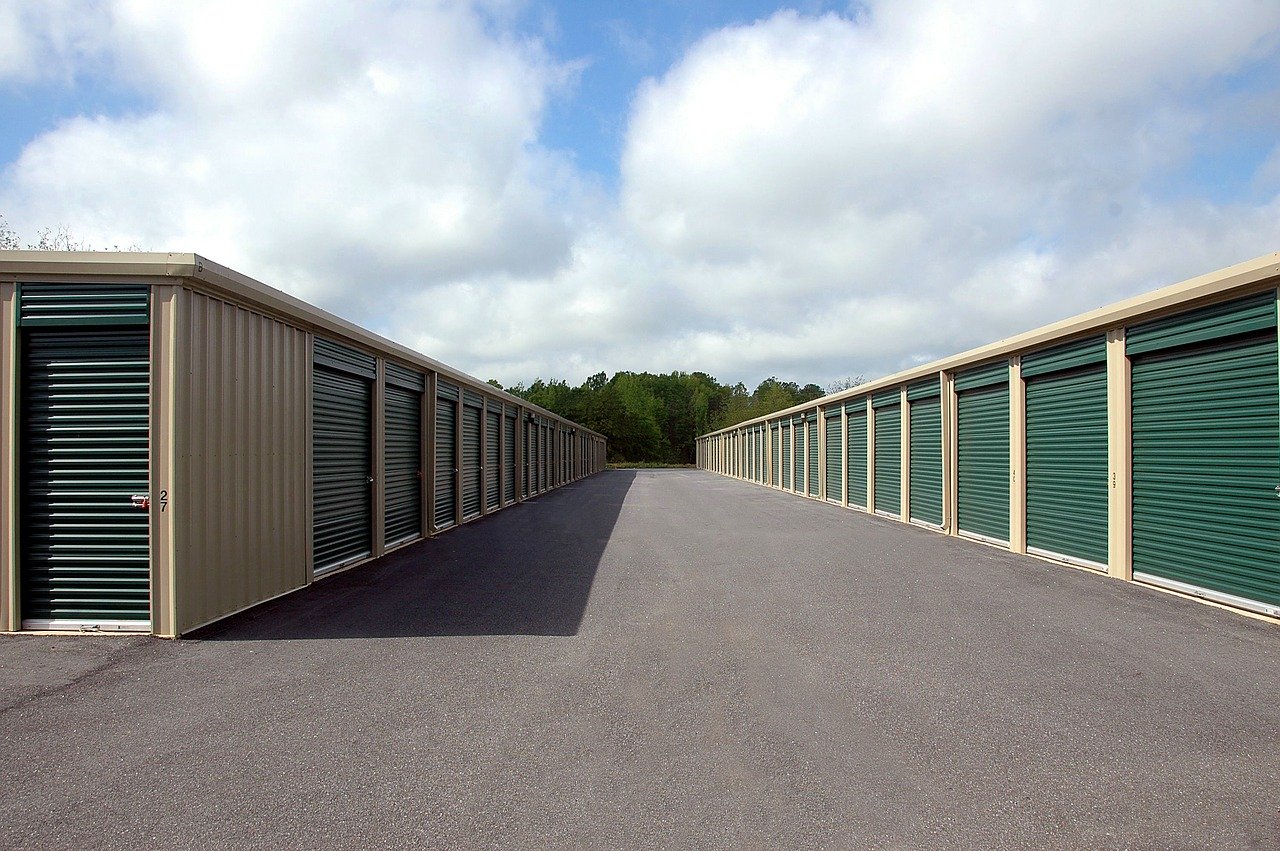Furniture in storage is vulnerable to rodent infestations because unlike a residential or office space, a storage unit is not frequented by humans. An infestation can remain undetected for a long period of time and grow from one unit to another. Here in this post, we will discuss how you can protect the furniture in storage from mice and rats.
Table of Contents
Choose a Facility that Has Pest Control
Many storage facilities have agreements with pest control companies. Rodent control technicians treat empty storage units and the surrounding area on a regular basis to prevent crawling critters from getting inside or nesting in close proximity.
Choosing a facility that has pest control does not guarantee 100% protection from rats and mice but it sure does help a lot.
Before you sign on the dotted line and move your furniture into the unit, make sure to read the terms and conditions of the lease contract. Find out if the storage facility offers compensation (or has insurance cover) for any damage caused by rats or mice.
In many states, storage facilities are not required to offer insurance. So, you will have to buy insurance separately.
Examine the Space before Moving In the Furniture
Carefully inspect a storage unit before moving in your furniture and other belongings.
Check if there are any gaps or holes that can let in a rat or mouse. Small rodents can squeeze through a hole the size of a nickel. At times, rodents can widen a smaller hole with their incisor teeth to gain access to a storage unit. Once inside rodents can birth more babies. From that point on, a rat or mice infestation in a storage unit can only get worse with each passing day.
Therefore, if you find any cracks or holes along the door, floor, ceiling, or walls, make sure to ask the storage facility staff to close them. Alternatively, you can use steel wool (with caulk) to close potential rodent-entry points. Large cracks or gaps under the door frame can be plugged with cement or sheet metal.

Look for the potential signs of existing or earlier rodent infestation such as:
- Rat/mouse droppings or urine trails
- Pawprints or gnaw marks on the door
- Foul odors
Sweep the floor clean and get rid of spider webs, debris, papers, fabrics, etc. if any. To eliminate the possibility of a rodent infestation, you can have a storage unit inspected or treated by rodent control specialists if the storage facility does not have pest control.
Elevate Your Furniture in Storage

Use wooden or steel pallets to elevate furniture items off the floor. Even if the furniture is elevated a few inches off the ground, it will decrease the likelihood of rodents nesting in your storage unit. You can also hang small furniture items from racks or shelves, if available in your storage unit.
Raising furniture up by a few inches will not just protect it from mice and rats but also keep it free of mold if water should ever seep into your storage unit.
Wrap Upholstered Furniture in Plastic Sheets
Upholstered furniture is a goldmine for a rat or mouse searching for a cozy place to make a nest in. They can easily chew through upholstery and mattresses.
The best way to protect upholstered furniture items and mattresses in storage from mice and rats is to wrap all such items in heavy-duty plastic sheets. To cover stuffed chairs, couches, etc., it is advisable to use breathable material.
Use Chew-Proof Containers
Cardboard boxes are cheap but rats and mice can chew right through them. Shredded cardboard also serves as an excellent rodent nesting material.
Use chew-proof containers with tight lids to store small furniture items and other belongings. Rats and mice cannot chew through hard plastic and metal containers. Plastic boxes are typically the best choice; you can store blankets, pillows, cushions, fabrics, clothes, liners, etc. inside them.
Protective Barrier
You can lay down a barrier of rodent repellant to keep mice and rats out. Get a bug spray from a local store and sprinkle it on the door, walls, ceiling, and floor.
You can also place cotton balls soaked in peppermint oil at the door and in the backside.

Lavender or peppermint essential oil works well as a natural rodent and bug repellant.
Using common rodent deterrents such as mothballs may seem like an easy option but the smell can ruin your belongings in storage.
Never Store Food in Your Storage Unit
Storing food items such as human food, pet food, bird seeds, etc. in a storage unit is pretty much like hanging a welcome-sign for hungry rats and mice. It is one of the most frequently ignored safety-guidelines when using self-storage.

When you leave food items in an enclosed space for a long time, it will rot (eventually) and the smell will motivate rats, mice, and bugs to find ways to get inside your storage unit. Even if by a stroke of luck, rats and mice do not get inside the unit, mold and bacteria will definitely appear from the spoiled food.
Most storage unit lease contracts forbid renters from storing food and perishables.
Visit Your Storage Unit Every Month
It’s easier to get rid of rats and mice if an infestation is detected at an early stage. Therefore, it is a good idea to visit your storage unit at least once every month.
If you spot any signs of the presence of rats or mice, alert the staff at once or hire a rodent control company to fix the problem right away.
- How Primary Care Doctors Are Your First Line of Defense - December 23, 2024
- Live-In Caregiver Jobs: Providing Support, Building Bonds - December 19, 2024
- Caring for Your Porcelain Veneers: Tips for a Lasting Smile - November 12, 2024
